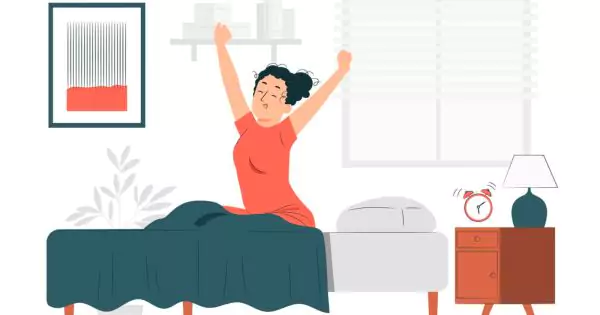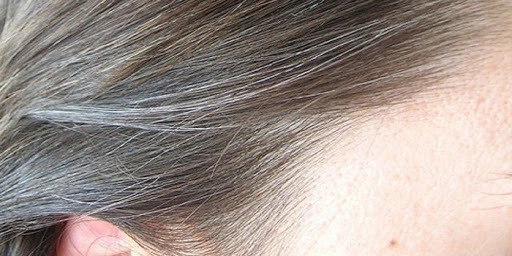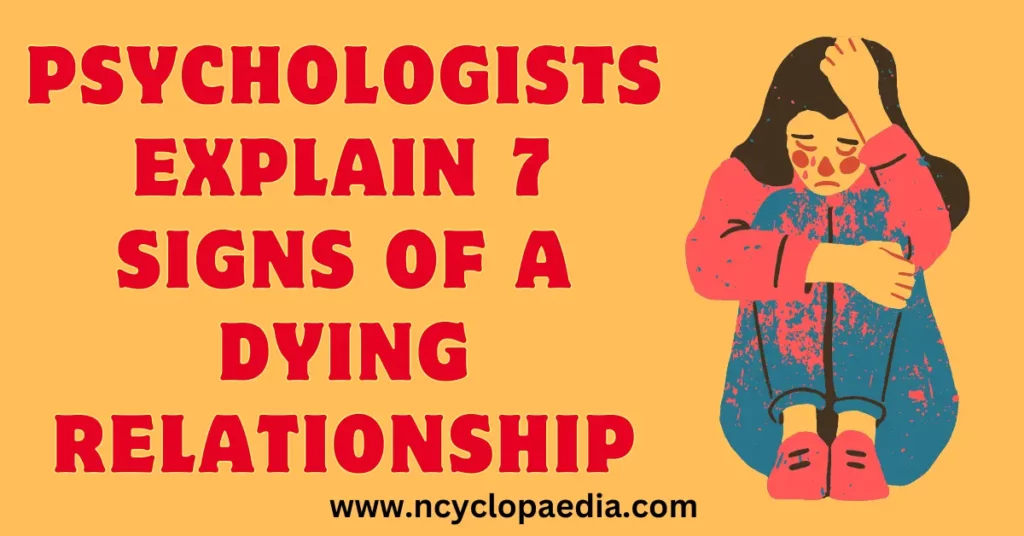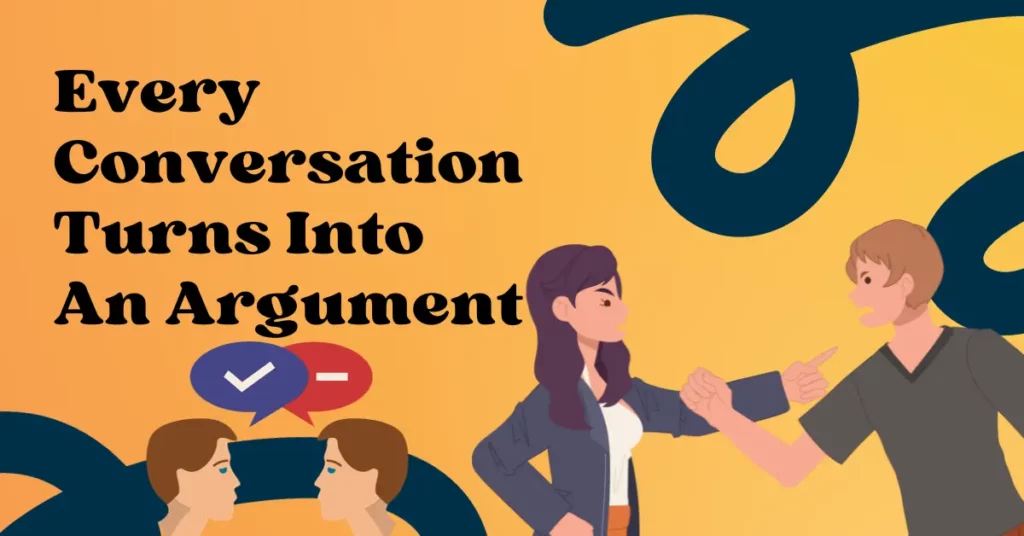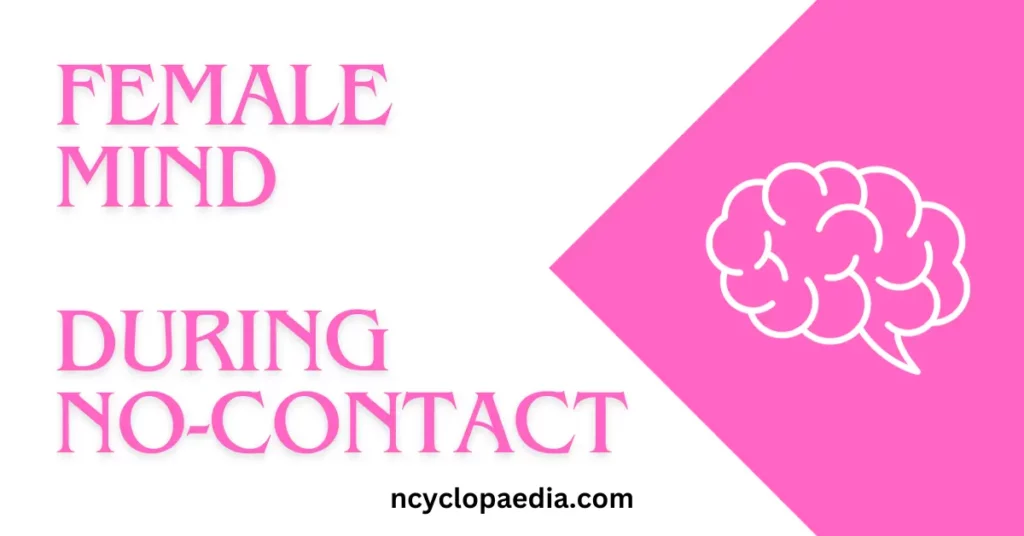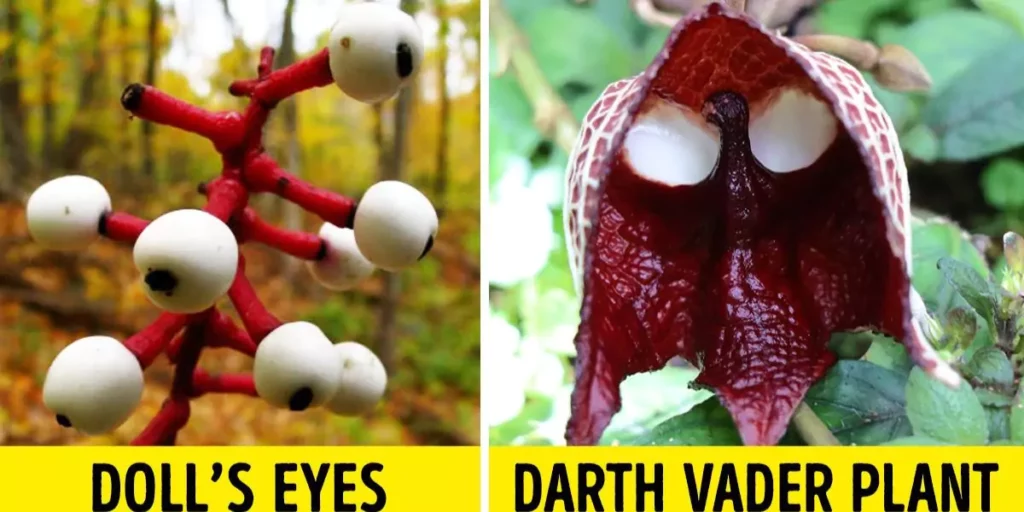
Have you ever experienced that spine-tingling sensation, those unmistakable goosebumps, while listening to a particularly moving piece of music? It’s a feeling many of us have encountered – a sudden, profound reaction to a melody or a harmony that seems to resonate deeply within us. This phenomenon isn’t just a quirk of our emotional responses; it has become a subject of keen interest in the neuroscience community, prompting researchers to delve into the mysteries of our brain’s relationship with music.
Recent studies have begun to unravel this enigmatic connection, suggesting that getting goosebumps from music might be more than just a simple emotional reaction; it could be indicative of a unique structure within our brains. This remarkable hypothesis posits that those who experience these musical chills could have a different neural makeup, offering new insights into the complex interplay between music, emotion, and cerebral architecture. The implications of such findings are vast, not only enhancing our understanding of the human experience of music but also opening doors to new approaches in neurological research and therapy.
This blog aims to explore this fascinating subject, shedding light on how our brains physically and emotionally react to music, and what it means for us as both individuals and a species wired for musical connection.
Understanding Goosebumps and Music
Goosebumps are a universal, yet often misunderstood phenomenon. Physiologically, they occur when tiny muscles located at the base of each hair follicle contract, causing the hairs on our skin to stand up. This reaction, known scientifically as piloerection, is part of our body’s fight-or-flight response, initially serving as a mechanism to make our ancestors appear larger and more intimidating to predators or to provide an additional layer of insulation in cold conditions. In modern humans, however, this response has taken on a new dimension, especially in relation to music.
The emotional impact of music is profound and deeply personal. It can evoke a spectrum of feelings, from joy to sorrow, calm to excitement. But in some instances, it goes beyond mere emotional response and triggers a physical reaction: goosebumps. This occurrence is what some refer to as ‘musical frissons’ – a French term translating to ‘aesthetic chills’ or ‘shivers.’ It’s an experience where a piece of music can induce a shivering, tingling sensation that runs down the spine and across the skin. The phenomenon is often associated with moments in music that are particularly moving or beautiful, such as a powerful crescendo or a deeply resonant chord.
Interestingly, not everyone experiences musical frissons. It appears that this reaction may be more common in individuals who possess a high degree of emotional openness or sensitivity to aesthetic experiences. Music, in its myriad forms and compositions, has the unique ability to tap into the deep recesses of our emotional psyche, often mirroring our internal states or evoking long-forgotten memories. The capacity for music to induce goosebumps speaks to its profound impact on our emotional and physiological states, bridging the gap between the tangible world of sound and the intangible realm of feelings. This intersection between music and our physiological reactions opens up intriguing questions about the nature of our emotional responses and the neurological underpinnings of our experiences with art and beauty.
The Study of Music and Emotion in Neuroscience
The intriguing study of music and emotion in neuroscience has made significant strides in understanding how and why music can elicit such profound emotional responses, including the phenomenon of getting goosebumps. This area of research has revealed fascinating insights into the relationship between our emotional response to music and specific structures within our brains.
Central to this field of study is the role of the auditory cortex, the part of the brain responsible for processing sound. This region doesn’t just decipher pitch or rhythm; it also interacts closely with the brain’s emotional centers, like the amygdala and the prefrontal cortex. These emotional and sensory processing areas come together, creating a rich, emotional experience of music. What’s remarkable in individuals who experience goosebumps while listening to music is the observed denser fiber connections between these regions. This suggests a more efficient communication pathway between the areas responsible for hearing and those involved in emotional processing.
These denser connections could explain why certain individuals have a heightened emotional response to music. It implies that their brains are essentially ‘wired’ to feel music more deeply, allowing them to experience intense emotional reactions, such as chills or goosebumps, when listening to certain tunes. This unique brain architecture isn’t just a curious anomaly; it sheds light on the broader understanding of human emotional experience and how deeply our brains are connected to the arts.
The implications of these findings are substantial. They provide a neuroscientific basis for the deeply personal and sometimes transformative experiences that music can offer. Moreover, these insights have potential therapeutic applications, particularly in psychological and neurodevelopmental disorders where emotional processing and regulation are affected. As research continues, it becomes increasingly clear that the power of music extends far beyond mere entertainment, touching on fundamental aspects of our neurological makeup and emotional lives.
Implications of the Research
The groundbreaking research on the connection between music-induced goosebumps and brain structure holds significant implications for understanding and treating various neurological conditions. For instance, in disorders like Parkinson’s, schizophrenia, and depression, dopamine—a neurotransmitter involved in emotional regulation and pleasure—is often dysregulated. The intense emotional response to music, linked to the brain’s reward system, could provide critical insights into these conditions.
Music therapy, already a tool in treating various psychological and neurological disorders, could benefit immensely from this research. Understanding that certain individuals might have heightened emotional responses to music due to their unique brain structures suggests that music therapy could be tailored more effectively. Customization of therapy, based on an individual’s specific neurological makeup, could enhance its effectiveness, offering a more targeted approach to therapy.
Furthermore, this research could lead to the development of new diagnostic tools or therapeutic interventions for these conditions, utilizing the power of music as a window into the brain’s emotional and neurological functions.
Personalizing Music Experience
The findings also illuminate the diversity in how individuals experience music, largely influenced by variations in brain structure. This explains why some songs or genres evoke strong emotions in some but not in others. For instance, classical music might bring profound joy or nostalgia to one person, while another might have a similar response to rock or electronic music.
Understanding this can encourage individuals to explore their own emotional responses to music more consciously. It invites music listeners to pay attention to how different types of music affect them, perhaps keeping a journal or simply noting when a song evokes a strong emotional reaction. Such self-reflection not only enhances the music listening experience but also offers personal insights into one’s emotional and neurological makeup.
Listeners are encouraged to experiment with different genres and observe their responses. This personal exploration can be both a journey of musical discovery and a way of understanding oneself better, highlighting the deeply personal nature of music and its profound impact on our emotional world.
Future of Music and Neuroscience
The future of research at the intersection of music and neuroscience holds exciting prospects, particularly in understanding how specific components of music elicit distinct emotional responses. Future studies may focus on mapping these responses to individual elements of music, such as rhythm, melody, or harmony. This could help to dissect the ‘anatomy’ of a musical piece, identifying which aspects are most effective in eliciting emotional responses like goosebumps.
Moreover, this research could extend to understanding the broader spectrum of human emotion and neurodiversity. The varied responses to music may provide a window into the diverse ways individuals experience the world, offering valuable insights into conditions like autism, where sensory processing differences are prominent. Such research might reveal how music can be used as a therapeutic or communication tool in neurodiverse populations.
Conclusion
The research linking music-induced goosebumps to unique brain structures has opened a new chapter in our understanding of the human brain’s relationship with music. It underscores the profound impact that music can have on our emotional and neurological state, revealing that our reactions to music are as unique as our brain structures.
As we continue to unravel these mysteries, it’s an invitation for each of us to pay closer attention to how music affects us personally. Whether a song sends shivers down your spine or moves you to tears, your reaction is a unique part of your emotional and neurological makeup. This understanding enriches our appreciation for music, not just as an art form, but as a key to unlocking the complexities of the human brain and emotion.
The ongoing exploration of the human brain and its relationship with music is not just a journey of scientific discovery. It’s a journey into the depths of human experience, revealing the intricate ways our emotions, cognition, and perceptions intertwine with the rhythmic and melodic tapestry of music.









